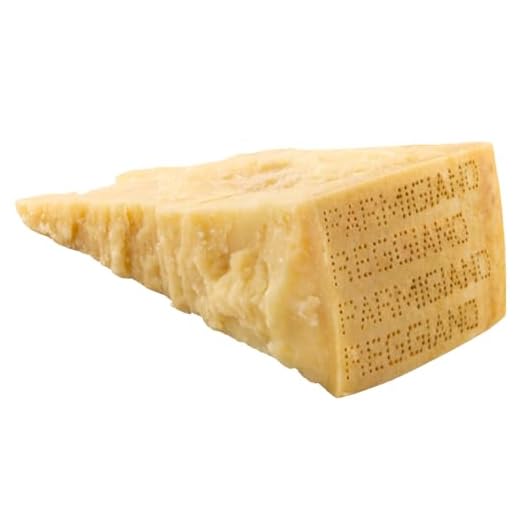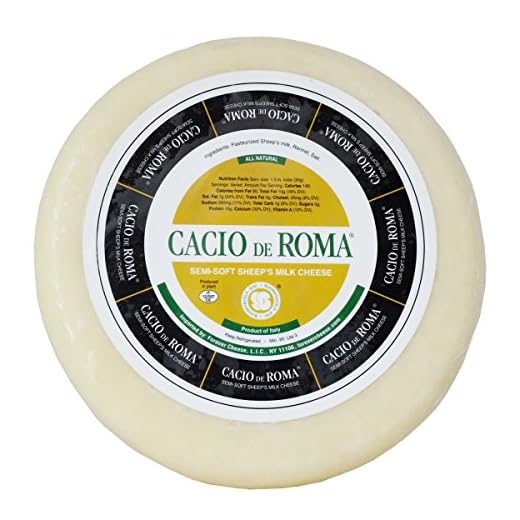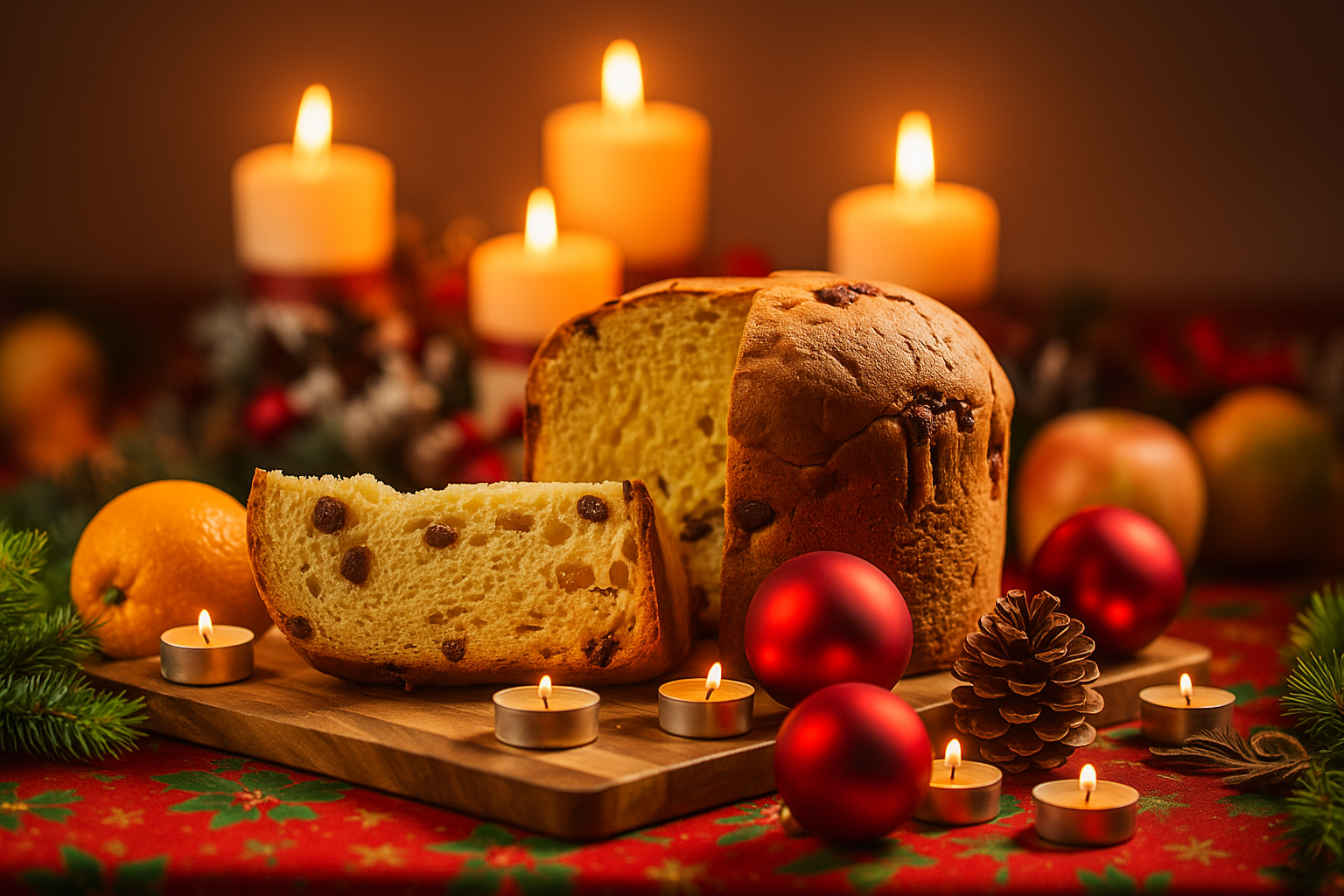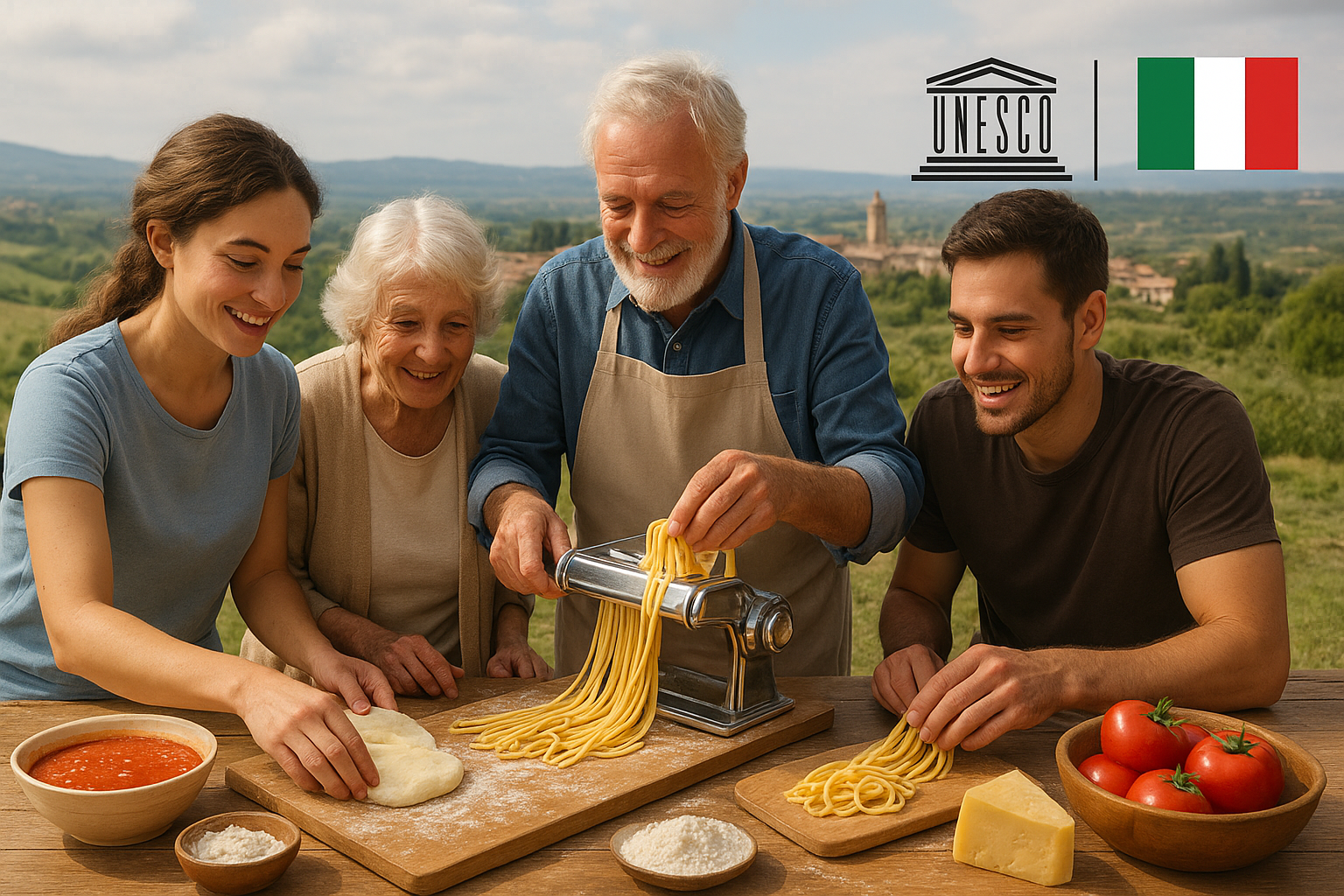Italy is a paradise for cheese lovers. With its diverse landscapes, rich culinary heritage, and deep respect for tradition, the country has produced some of the world’s most iconic and delicious cheeses. From the sharp, nutty notes of Parmigiano-Reggiano to the creamy indulgence of Mozzarella di Bufala, Italian cheeses are as diverse as the regions they come from. They are a staple in Italian cuisine and a testament to the artistry and dedication of Italian cheesemakers.
In this article, we’ll explore the history, types, and uses of Italian cheeses, as well as tips for enjoying these dairy masterpieces.
The History of Italian Cheese
Cheese has been an integral part of Italian cuisine for thousands of years. Its origins in Italy can be traced back to the time of the ancient Romans, who perfected cheese-making techniques and spread their knowledge across their empire.
During the Middle Ages, monasteries became centers of cheese production, refining recipes that remain iconic today. Over the centuries, cheese evolved from a method of preserving milk into an art form, with each region of Italy creating unique varieties that reflect its local ingredients, climate, and traditions.
Today, Italy is home to hundreds of cheeses, many of which are protected by PDO (Protected Designation of Origin) or PGI (Protected Geographical Indication) labels, ensuring authenticity and quality.
Types of Italian Cheese
Italian cheeses can be divided into categories based on their milk source, texture, and aging process. Here are some of the most famous types:
1. Hard Cheeses
Hard cheeses are aged for months or even years, resulting in a firm texture and intense flavor.
- Parmigiano-Reggiano: Known as the “King of Cheeses,” this PDO-protected cheese from Emilia-Romagna is aged for at least 12 months. It has a crumbly texture and a nutty, umami-packed flavor. Perfect for grating over pasta or enjoying on its own.
- Grana Padano: Similar to Parmigiano-Reggiano but with a slightly milder flavor, it’s aged for a shorter period and is versatile in cooking.
- Pecorino Romano: Made from sheep’s milk, this sharp, salty cheese is a favorite for grating over dishes like pasta alla carbonara.
2. Soft Cheeses
Soft cheeses are fresh, creamy, and often mild in flavor.
- Mozzarella di Bufala Campana: Made from water buffalo milk in southern Italy, this PDO cheese is prized for its rich, creamy texture and slightly tangy taste. Often used in Caprese salad or on pizza.
- Burrata: A decadent cheese with a mozzarella shell and a creamy, buttery interior. It pairs beautifully with fresh tomatoes, olive oil, and crusty bread.
- Stracchino: A soft, spreadable cheese with a mild and tangy flavor, popular in northern Italy.
3. Semi-Hard Cheeses
Semi-hard cheeses strike a balance between softness and firmness, offering a range of flavors.
- Provolone: A versatile cheese that can be mild or sharp depending on its aging process. Smoked versions are especially popular.
- Asiago: Produced in the Veneto and Trentino regions, this cheese can be soft and fresh or aged and crumbly, depending on its variety.
4. Blue Cheeses
Italy is also famous for its pungent, flavorful blue cheeses.
- Gorgonzola: This blue cheese comes in two varieties: Dolce (sweet and creamy) and Piccante (aged and sharper). It’s delicious on its own or melted into risotto or pasta.
5. Fresh Cheeses
Fresh cheeses are unaged, with a high moisture content and a mild flavor.
- Ricotta: Made from whey, ricotta is light, creamy, and slightly sweet. It’s used in both savory dishes like lasagna and desserts like cannoli.
- Mascarpone: A rich, creamy cheese often used in desserts like tiramisu or as a topping for fruits.
Italian Cheeses by Region
Every region of Italy has its own specialties when it comes to cheese. Here’s a glimpse at some regional highlights:
- Emilia-Romagna: Parmigiano-Reggiano, Grana Padano
- Lombardy: Gorgonzola, Taleggio, Mascarpone
- Campania: Mozzarella di Bufala, Ricotta
- Sardinia: Pecorino Sardo, Fiore Sardo
- Tuscany: Pecorino Toscano
- Piedmont: Castelmagno, Robiola
How to Enjoy Italian Cheese
Italian cheese is incredibly versatile and can be enjoyed in a variety of ways. Here are some ideas to get the most out of these dairy delights:
1. Cheese Boards
Create a traditional Italian cheese board by pairing different types of cheese with:
- Bread: Serve with focaccia, ciabatta, or breadsticks.
- Fruits: Add fresh figs, pears, or grapes for sweetness.
- Nuts: Almonds, walnuts, or hazelnuts provide a satisfying crunch.
- Condiments: Pair with honey, fig jam, or balsamic reduction.
2. Cooking with Cheese
Italian cheese is a key ingredient in many beloved recipes:
- Lasagna: Layers of ricotta, mozzarella, and Parmesan make this dish a classic.
- Risotto: Stir in Gorgonzola or Grana Padano for extra creaminess.
- Pizza: Use fresh mozzarella for an authentic Neapolitan pizza experience.
3. Pairing Cheese with Wine
Italian cheese pairs beautifully with Italian wine. Some classic combinations include:
- Parmigiano-Reggiano with Lambrusco or Chianti
- Gorgonzola with Moscato or Barolo
- Pecorino Romano with Vermentino or Sangiovese
How to Choose and Store Italian Cheese
When buying Italian cheese, consider the following tips:
- Look for Certification: PDO and PGI labels guarantee authenticity and quality.
- Check Freshness: For soft and fresh cheeses, ensure they have a clean aroma and a creamy texture.
- Store Properly: Wrap cheese in parchment paper or cheese paper and store it in the refrigerator’s crisper drawer. Hard cheeses can last for weeks, while fresh cheeses should be consumed within a few days.
The Cultural Significance of Italian Cheese
Italian cheese is more than just food—it’s a cultural treasure that reflects the country’s agricultural traditions, local ingredients, and dedication to quality. Each cheese tells a story of the region it comes from, the people who produce it, and the recipes it enhances.
From grand feasts to simple family dinners, cheese is an essential part of Italian life, symbolizing comfort, community, and celebration.
Conclusion: A Taste of Italy in Every Bite
Italian cheese is a gift to the world, offering an incredible variety of flavors, textures, and culinary possibilities. Whether you’re grating Parmigiano-Reggiano over pasta, savoring creamy burrata, or enjoying a tangy piece of Gorgonzola, every bite is a celebration of Italy’s rich culinary heritage.
So, next time you indulge in Italian cheese, take a moment to appreciate the artistry, history, and passion that go into every wheel, wedge, and slice. Buon appetito!





































Italian Dating & Chat for Italian Singles

Virtually meet thousands of like-minded Italian singles and connect at lightning speed; on desktop, tablet, and your beloved phone. Chat into the wee hours of the night if you’d like. Post photos, share your interests and dreams-we’ll help you look your best while you do it.Here we make it easy to meet Italian singles and feel things out first so when you do go on that first date, or meet for espresso, you can relax and be yourself. Try it now!





